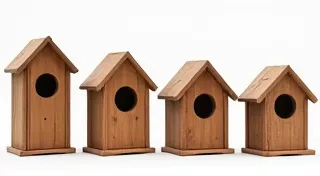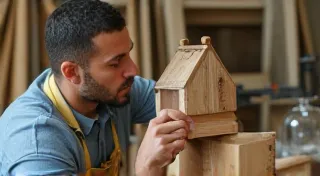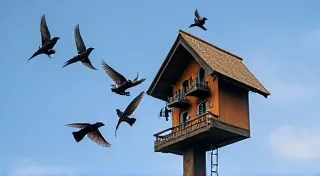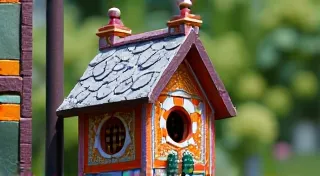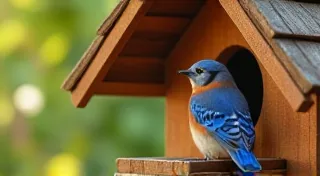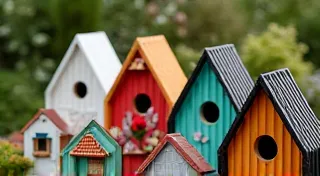Build a Bat House: Protecting Beneficial Wildlife
Many gardeners are familiar with bird houses, but have you considered building a bat house? Bats are incredibly beneficial to your garden, acting as natural pest controllers. A single bat can consume hundreds of insects nightly, significantly reducing the need for pesticides. Building a bat house is a rewarding DIY project that contributes to wildlife conservation and provides a practical solution for garden pest management. It's a surprisingly accessible project, much like building a simple bluebird nest box, offering a similar sense of accomplishment and benefiting local wildlife.
Why Build a Bat House?
Beyond their insect-eating abilities, bats play vital roles in pollination, contributing to healthy ecosystems. Building a bat house provides them with a safe and accessible roosting site, especially in areas where natural caves and tree hollows are scarce. They are a vital link in the food chain, and providing them with shelter directly benefits your garden and local environment. It's a commitment to biodiversity, much like creating a welcoming space for other creatures – perhaps a creatively designed bird house, as explored in The Arboreal Architect – demonstrating an appreciation for natural forms and providing sanctuary. Their impact extends beyond simple shelter; it's about fostering a thriving ecosystem where every creature finds a place to flourish.
The Ecological Importance of Bats
Before diving into construction, understanding why bat conservation matters is crucial. Bats are often misunderstood, but they are keystone species vital to healthy ecosystems. Their insectivorous habits are especially valuable, acting as a natural form of pest control that far surpasses chemical alternatives. They contribute to agricultural productivity by controlling crop-damaging insects and reduce the need for costly and environmentally harmful pesticides. Furthermore, many bat species are pollinators, playing a vital role in the reproduction of countless plants, including some commercially important crops. Others are seed dispersers, contributing to forest regeneration and biodiversity. The benefits they provide are far-reaching and often overlooked.
Materials You’ll Need
Building a bat house is surprisingly straightforward. Here's a list of the materials you'll need:
- One 1" x 6" x 6' untreated pine board (Cedar or redwood are also good options for durability)
- Exterior wood screws (1 1/4" recommended)
- Wood glue (exterior grade)
- Measuring tape
- Saw (circular saw or hand saw)
- Drill with various sized bits
- Pencil
- Safety glasses
- Gloves
Important: Do not use treated wood. The chemicals can be harmful to bats.
Bat House Plans & Construction Steps
While numerous bat house designs exist, a simple, multi-chamber bat house is an excellent choice for beginners. Here’s a general outline. Always consult detailed plans for precise measurements. The dimensions listed here are approximate and are for guidance only. Consider the project like creating a space for birds; it's about providing shelter and a sense of home.
- Cut the Wood: Based on your chosen plans, carefully cut the pine board into the necessary pieces. Common pieces include a front, back, two sides, a floor, and a roof. Precise cutting is crucial for a properly functioning bat house.
- Assemble the Side Walls: Attach the side walls to the floor piece using wood glue and screws. Ensure the walls are perpendicular to the floor.
- Attach the Front and Back: Secure the front and back pieces to the assembled side and floor structure using wood glue and screws. The front piece should have a small gap near the bottom to allow bats to easily enter.
- Add Interior Baffles (optional but recommended): Interior baffles, typically wooden ledges or spacers, create multiple chambers within the bat house. This gives bats more roosting options and can increase occupancy. Think of it as a meticulously planned garden, where every element has a purpose. They create microclimates within the house, which can be appealing to different bat species.
- Install the Roof: Attach the roof piece, ensuring it overhangs the front slightly to provide protection from rain. Overhangs also offer a degree of shade and weather protection.
- Create a Rough Interior: Bats prefer a rough interior for grip. Score the interior front wall horizontally with a saw or file. Alternatively, attach hardware cloth. This rough texture is critical for bats to easily climb and cling to the interior surfaces.
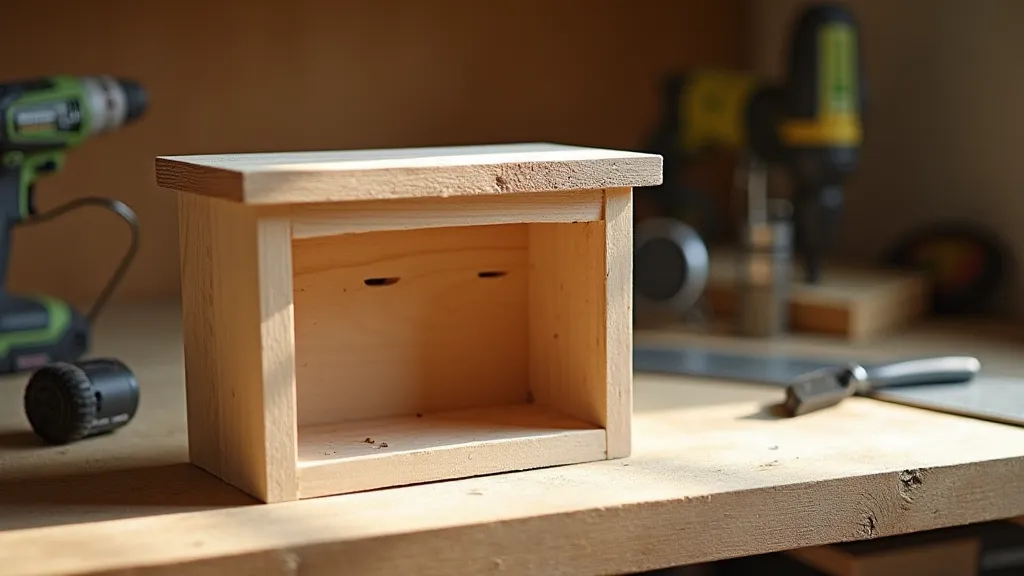
Optimizing Your Bat House for Attractiveness
Simply building a bat house isn't a guarantee of occupancy. Certain factors significantly influence whether bats choose your structure as a home. Location, orientation, and even the surrounding habitat play critical roles. Creating an inviting environment is akin to carefully cultivating a garden – it requires attention to detail and an understanding of the creature’s needs. A well-placed bat house, paired with a thriving insect population, offers a strong foundation for bat occupancy.
Placement and Maintenance
Location is key to attracting bats. Mount your bat house in a sunny location, ideally facing southeast, at least 12-15 feet off the ground. Attach it to a sturdy pole or the side of a building. Avoid areas with bright lights or heavy human traffic. Providing food and shelter, like a well-stocked Scatterseed and Sanctuary, shows generosity and strengthens the ecosystem – as explored in that article. The principles are similar: create a welcoming environment that benefits all creatures. Height is crucial; bats are vulnerable to ground predators, so the higher, the safer.
Maintenance is minimal. Occasionally check the bat house for wasp nests or debris. If necessary, gently remove any obstructions. Do this in late fall or early spring when bats are less active. Regular upkeep, like tending a garden, ensures the bat house remains a safe and attractive habitat for years to come. Consider the structure as a long-term investment in your local ecosystem.
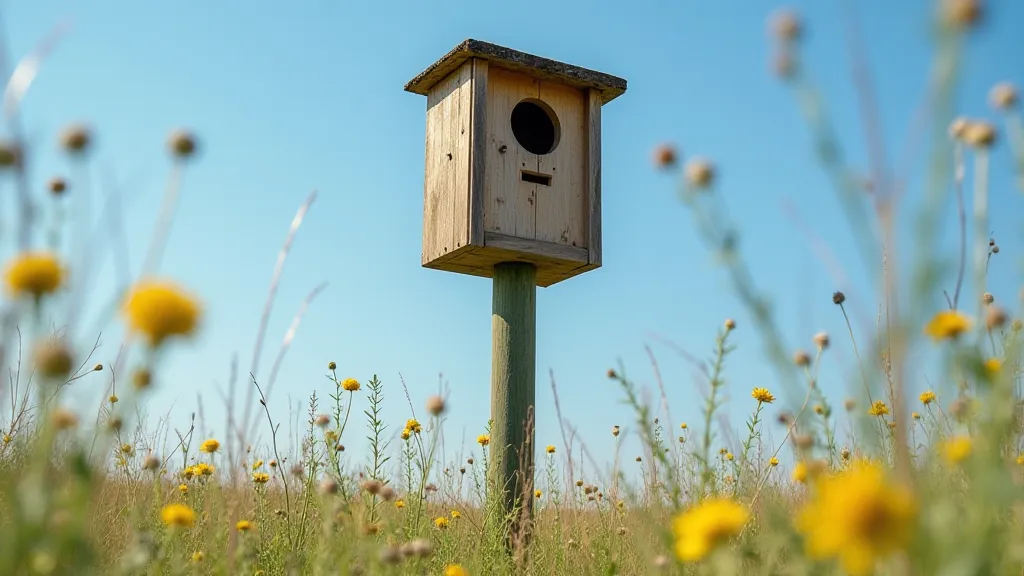
Attracting Bats
While building a bat house provides suitable housing, attracting bats may require some patience. Avoid using attractants; bats are drawn to areas with abundant insect populations. Reducing outdoor lighting can also make your property more attractive to bats. Remember, it's about creating a thriving environment that naturally draws wildlife to your property. Offering sanctuary, in essence, fosters a sense of belonging and encourages biodiversity. Encouraging native plants is key, as these plants attract the insects that bats rely on for food.
Remember to be patient. It may take several months or even a year for bats to discover and occupy your bat house. This mirrors the patience required to cultivate a flourishing garden – a testament to the rewards of long-term commitment. The process is about creating a space that resonates with nature's rhythms.
Understanding Bat Ecology & Conservation
Before embarking on this project, it's beneficial to understand the vital role bats play in our environment. They are not only insectivores, controlling populations of mosquitoes, moths, and agricultural pests, but they also contribute significantly to pollination and seed dispersal. Many bat species are facing threats like habitat loss, white-nose syndrome, and wind turbine collisions. By providing a bat house, you are actively participating in their conservation. Supporting bat conservation extends beyond providing shelter; it involves advocating for policies that protect their habitat and raise awareness about their importance.
Troubleshooting & Common Issues
Sometimes, despite your best efforts, your bat house might not be immediately occupied. Here are some common issues and solutions:
- Lack of Insects: Ensure there’s a healthy insect population around your property. Planting native flowering plants can attract insects.
- Competition: Other animals, like birds or squirrels, might initially try to use the bat house. Ensure the entrance is appropriately sized to discourage unwanted guests.
- Incorrect Placement: Double-check that your bat house is in a suitable location – sunny, protected from wind, and away from bright lights.
Additional Resources
For detailed plans and further information on bat houses, consult the following resources:
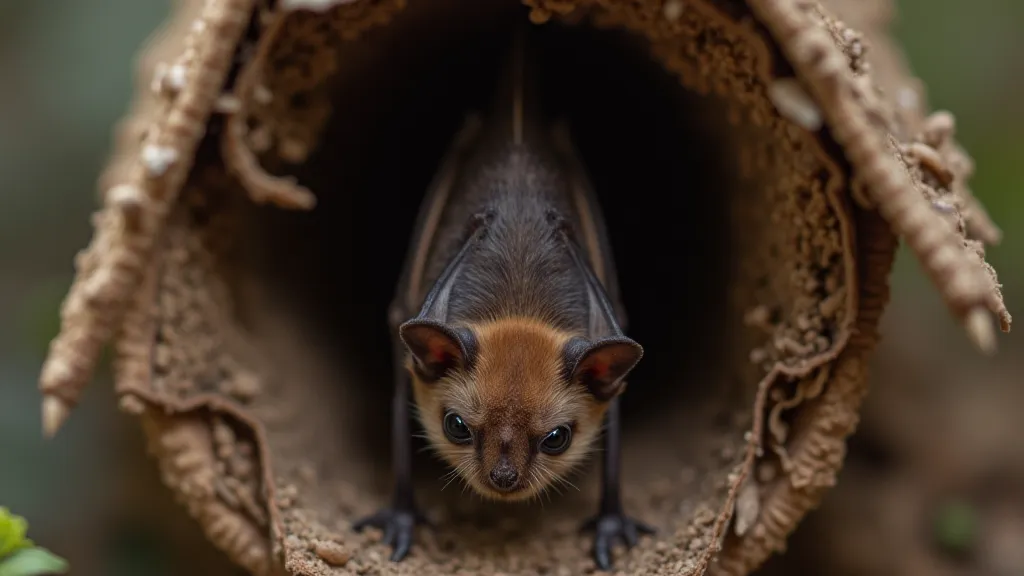
Building a bat house is a simple yet impactful way to contribute to wildlife conservation and enhance your garden’s ecosystem. Enjoy the benefits of natural pest control and the satisfaction of providing a safe haven for these beneficial creatures. It's a small act with a significant positive impact, much like creating a beautiful and functional The Arboreal Architect or thoughtfully designing a garden space.
